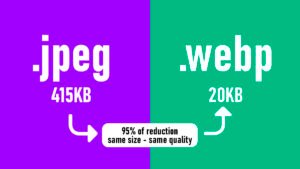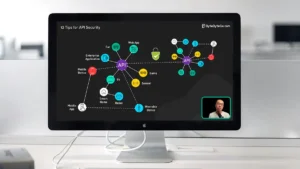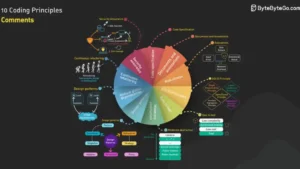Why Removing Watermarks from Images is Harming the Creative Industry
 Crédito: Julia M Cameron / Pexels.com
Crédito: Julia M Cameron / Pexels.com Technological advancements have brought significant progress but also ethical and legal challenges. Recently, Google launched the Gemini 2.0 Flash AI model, capable of automatically and efficiently removing watermarks from images. This functionality has raised concerns among photographers and content creators, as it facilitates the unauthorized use of copyrighted materials.
Just because this tool is available, does it mean people should use it without restriction? Professionals dedicate time and resources to protect their work, ensuring its proper valuation. However, removing watermarks directly violates this principle, causing significant losses across the entire image production industry.
Watermark Removal and Its Impacts
Watermarks are one of the primary tools used by stock image platforms like Getty Images and iStockPhotos to protect intellectual property. Removing watermarks from images allows anyone to obtain and use images without proper licensing. Removing watermarks from images directly harms professionals who rely on selling their photos and videos for their livelihood, causing significant financial losses.
Automated removal of this protection allows anyone to obtain and use images without proper licensing, directly harming professionals who rely on selling their photos and videos for their livelihood. This is not just a financial issue but also a devaluation of creative work.
When images are used without permission, authors lose control over how their works are used, which can lead to distortions and inappropriate applications of their creations. In the long run, this discourages artists and compromises the quality of visual content available in the market.
Removing Watermarks from Images Devalues Creators’ Efforts.
Image creators invest significant time and resources in photography equipment, editing, and distribution. The costs of cameras, lenses, software, and training are high, and each image sold is essential to sustaining this productive cycle.
Watermark removal tools undermine this effort by allowing high-quality images to be used without compensating their creators. Consequently, individual artists suffer financial losses, and the entire industry faces significant instability.
When the image licensing market declines, companies and professionals must find alternative income sources, reducing the availability of original images. This shift weakens the variety and quality of visual content, negatively impacting creative industries.
Consequences for the Creative Industry
Copyright infringement does not only affect content creators—it impacts the entire creative industry. Advertising agencies, publishers, and companies that depend on high-quality images may face a shortage of professional content, resulting in a negative impact on the quality of marketing campaigns and visual products.
Additionally, the widespread use of watermark removal could lead to the downfall of several stock image platforms. If clients can obtain images without paying for them, the licensing-based business model loses its effectiveness.
As a result, not only will artists suffer, but also marketing, design, and communication professionals who rely on high-quality content. The impact could ripple through the entire production chain, harming both large corporations and small entrepreneurs.
The Role of Tech Companies
Technology companies play a crucial role in regulating artificial intelligence and preventing the misuse of its advancements. By launching Gemini 2.0 Flash without security mechanisms to prevent watermark removal, Google is encouraging piracy and devaluing the work of thousands of image professionals.
Other companies, such as OpenAI and Anthropic, have implemented restrictions in their models to prevent this type of abuse, demonstrating that it is possible to balance innovation with responsibility. Major tech corporations must evaluate the impact of their creations and ensure that their tools do not harm entire sectors of the creative industry.
Ethical Reflection on Technology Use
The availability of a tool does not justify its misuse. Free access to a resource should not be confused with permission to exploit someone else’s content without authorization.
No matter how much technology advances, society must establish clear limits and regulations to prevent abuse. Ethics must guide the use of artificial intelligence to ensure that progress does not harm entire sectors of the creative economy.
Ethical Alternatives for Free Content
The internet offers legitimate alternatives for those looking for free images. Platforms like Pexels and Pixabay provide free photos and illustrations, contributed by creators for unrestricted use.
These sites exemplify how content democratization can occur ethically, respecting the rights of photographers and designers. Businesses and marketing professionals should prioritize sources that ensure fair compensation for creators.
Securing the Future of the Creative Industry
A free internet does not mean anarchy. Respecting copyright laws is essential to ensuring that content creators can continue producing high-quality materials.
Tools like Gemini 2.0 Flash must be regulated and used responsibly, ensuring that innovation does not become a tool for illegal exploitation of others’ work. A collective commitment from tech companies, policymakers, and users is necessary to protect the future of image production and value those who dedicate their lives to this art.



